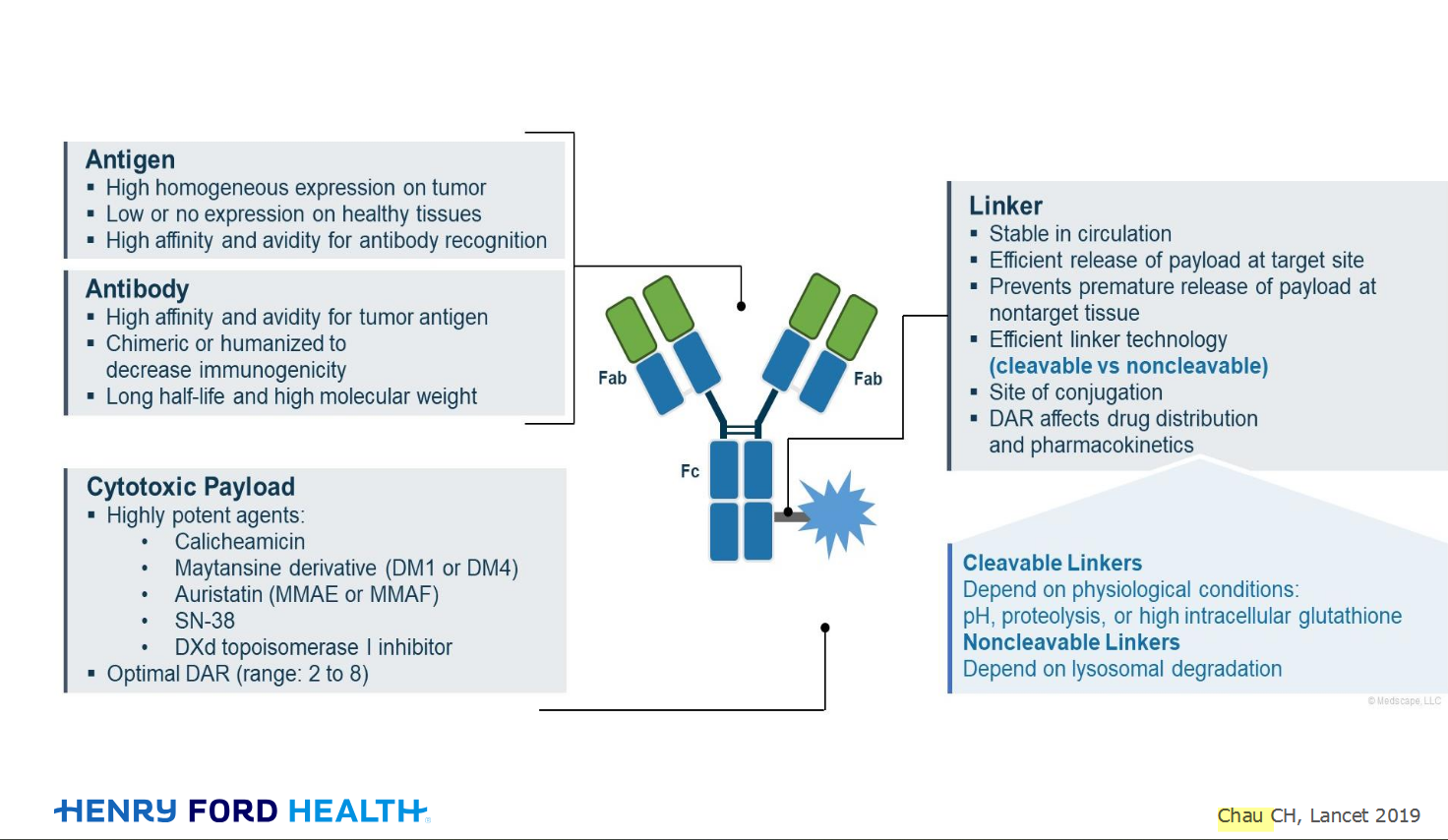Welcome!
Welcome to the new CancerGRACE.org! Explore our fresh look and improved features—take a quick tour to see what’s new.
Resistencia adquirida a terapias dirigidas: biología y diferentes patrones clínicos
Acquired resistance to targeted therapies: biology and different clinical patterns
Chief of Hematology/Oncology and Medical Director, Memorial Cancer Institute, Clinical Associate Professor of Medicine, Florida International University
Spanish TRANSCRIPT
Lamentablemente, a pesar que es muy emocionante ver como los pacientes que tienen las mutaciones de EGFR y las translocaciones ALK responden al inicio, sabemos que los tumores van a crear resistencia a estos agentes.
Usualmente es a los 10 o 12 meses que la mitad de los pacientes que están en estas terapias blanco, genera resistencia por muchas razones. Por ejemplo, en los receptores de EGFR, aparecen nuevas mutaciones como la mutación EGFRT790. En el caso de las translocaciones de ALK, también aparecen otras variantes nuevas que no están al comienzo que son variantes asociadas y documentadas para resistencia.
A pesar de que hay sensibilidad al comienzo, tenemos que estar alerta y monitorizando ya sea con radiografía o próximamente vamos a tener biopsias líquidas que vamos a poder estar monitorizando en la sangre para ver cuando empiezan la clonas resistentes a aparecer y en qué momento hay que empezar a cambiar la terapia.
Como ustedes saben felizmente, en el caso de la EGFR, cuando aparece resistencia tenemos otras terapias blanco como osimertinib. En el caso de las translocaciones ALK tenemos otras terapias blanco a parte de crisotinib que se usa al comienzo, tenemos ceritinib, alectinib y otros fármacos más que están por venir.
English TRANSCRIPT
Unfortunately, despite the excitement of seeing patients with EGFR mutations and ALK translocations responding great to the treatment, we know that these tumors will create resistance to the therapy.
Usually at 10 or 12 months, half targeted therapy patients create resistance for many reasons. For example, in EGFR receptors, new mutations arise like EGFRT790. In ALK translocations, new variants appear that are associated and documented to resistance.
Despite there is sensitivity at the beginning, we have to be alert and monitoring with a radiography or in the near future with a liquid biopsy where we will be able to monitor blood and see when the resistant clones start to develop, and then change the therapy.
As you know, in EGFR when resistance starts, we have other new targeted therapies like osimertinib. In the ALK translocations, we have other targeted therapies besides crisotinib that is used in the beginning. We also have ceritinib, alectinib and other drugs that are coming.
Please feel free to offer comments and raise questions in our
discussion forums.
Hi app.92, Welcome to Grace. I'm sorry this is late getting to you. And more sorry your mum is going through this. It's possible this isn't a pancoast tumor even though...
A Brief Tornado. I love the analogy Dr. Antonoff gave us to describe her presentation. I felt it earlier too and am looking forward to going back for deeper dive.
Dr. Singhi's reprise on appropriate treatment, "Right patient, right time, right team".
While Dr. Ryckman described radiation oncology as "the perfect blend of nerd skills and empathy".
I hope any...
My understanding of ADCs is very basic. I plan to study Dr. Rous’ discussion to broaden that understanding.

Here's the webinar on YouTube. It begins with the agenda. Note the link is a playlist, which will be populated with shorts from the webinar on specific topics
An antibody–drug conjugate (ADC) works a bit like a Trojan horse. It has three main components:

Welcome to the new CancerGRACE.org! Explore our fresh look and improved features—take a quick tour to see what’s new.